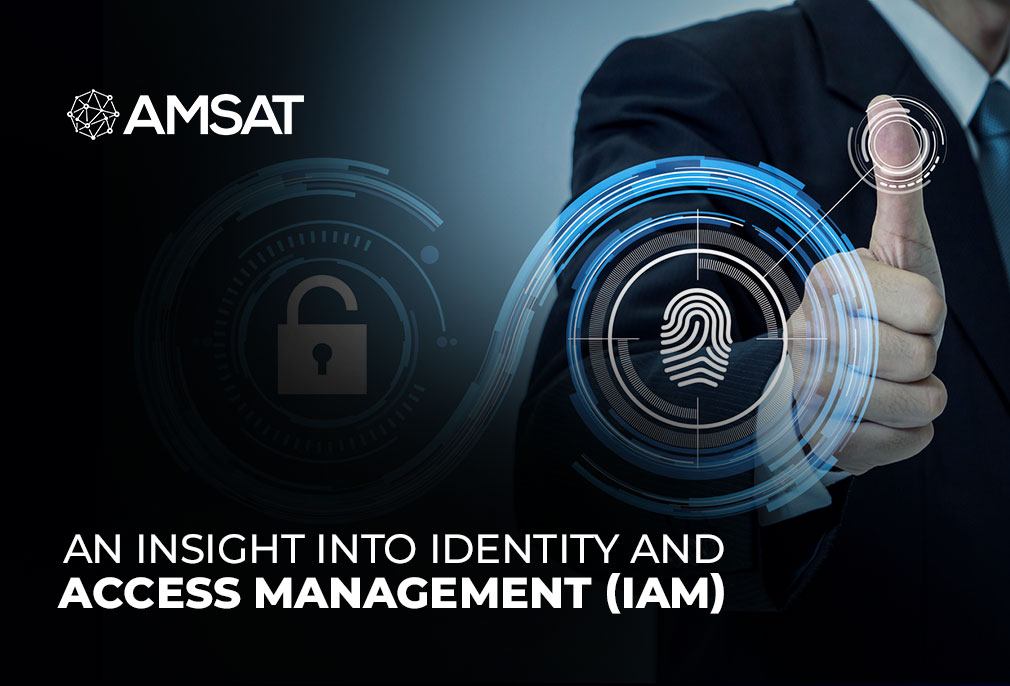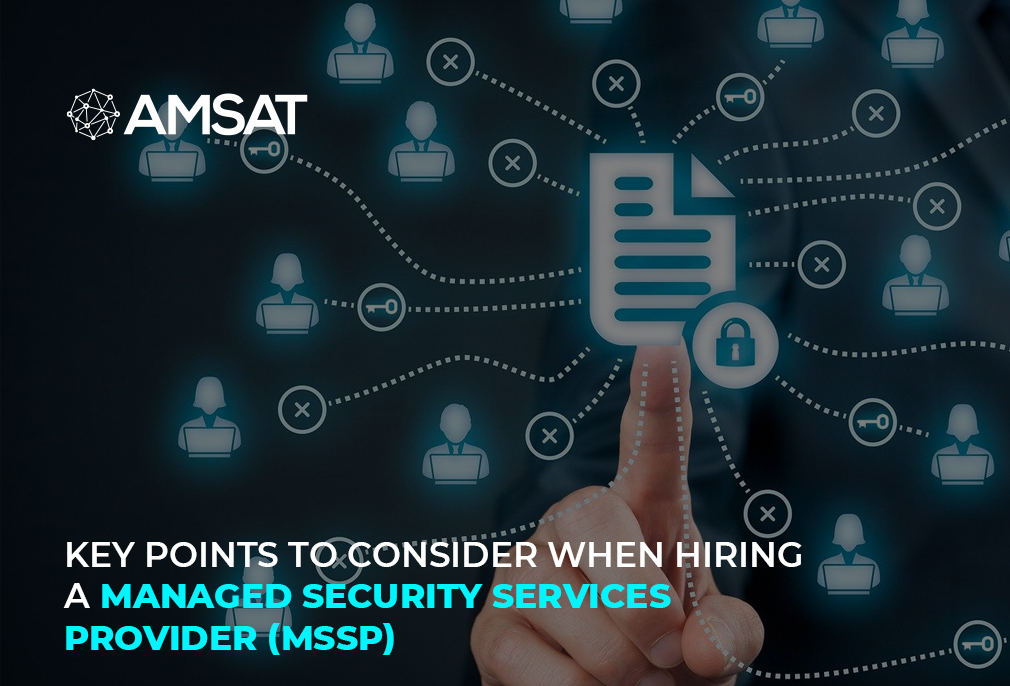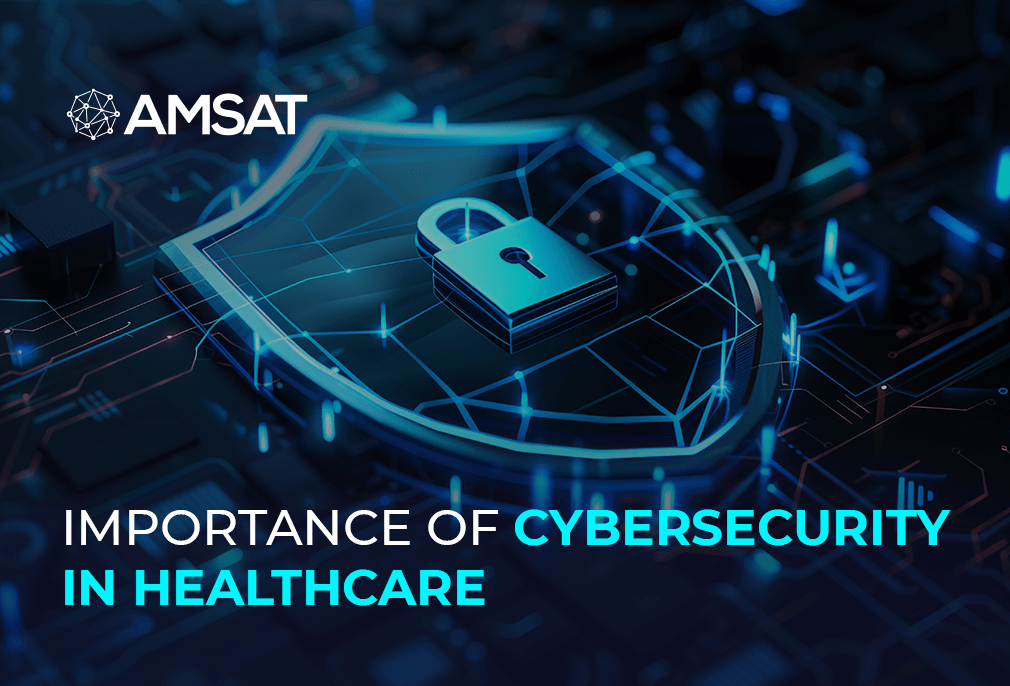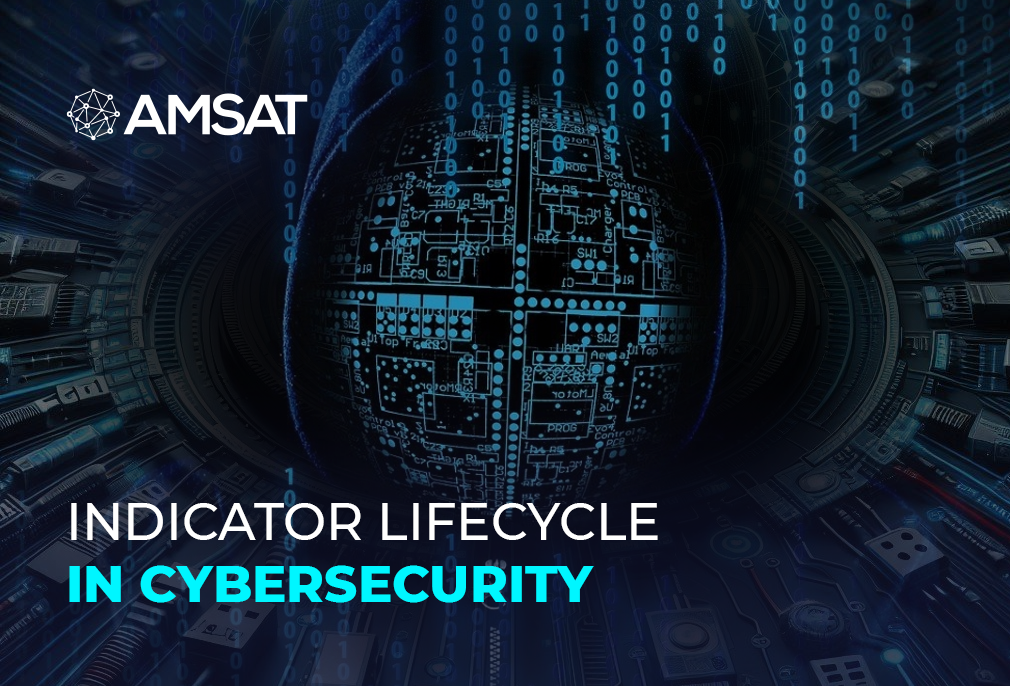Latest Blogs

By AMSAT Dec 02,2020
An Insight into Identity and Access Management (IAM)
A number of organizations encounter the challenge of providing their staff with the right level of access to the right resources at the right time. They also need to adopt governance practices and solutions to help manage certain risks and deal with operational inadequacies. Companies can meet this demand appropriately by enforcing an effective individuality and access management program. Identity and access management can thus be defined as “a specific framework for business procedures, technologies and strategies that provides effective and simple solutions for managing digital identities.”
Importance of IAM
An IAM system can provide guarantees and help keep track of employee activity. The capacity to know that only select employees can view programs and applications reinforce both security and operational programs for an enterprise. Limitations can also be set in the system to spot any wary user activity, communication, or problems that might otherwise go unnoticed. User information such as passwords or email addresses can swiftly become an intricate issue to track without an appropriate control system in place. IAM helps defend against security events by letting administrators automate many user account related tasks. This includes the capacity to have automated roadmap for onboarding of employees, granting access to systems and applications they are authorized to access, based on their role.
Identity and access management solutions help companies save costs by reducing the time required to address issues pertaining to user account. They also regulate and even automate important features of managing identities, validation, and permission, saving time and money while minimizing risk to an organization. The different aspects of security offered by these solutions solutions are key to creating a robust information security program. The ability to control and audit who comes in and out of your company’s network is key to operationally supporting and protecting an environment.
Benefits of IAM systems
Enforcing identity and access management and relevant best practices can give you a leading edge to your business rivals. Today, most businesses need to give users outside the organization access to internal systems. Opening your network to clients, associates, vendors, contractors and, indeed, employees can raise productivity and reduce operating costs. By affording greater access to outsiders, you can drive teamwork across your organization, increasing output, employee satisfaction, research and development, and, eventually, revenue.
An IAM system can be a keystone of a protected network that requires organizations to define their access policies and clearly outline who has access to which data resources. As a result, well-executed identities imply profounder control of user access, which converts into a minimized risk of internal and external holes. This is significant since, in addition to the growing threats of external threats, internal attacks are all too common. About 60% of all data breaches are caused by an organization’s own personnel, according to a prestigious cybersecurity index. Of those, 75% were malicious in intent, while 25% were accidental.
How IAM works
Regulating user access has conventionally involved several verification methods for confirming the identity of a user, including passwords, digital credentials, tokens and smart cards. Hardware tokens and credit-card-sized smart cards acted as one factor in two-factor verification, which combines your password with the token or the card to confirm your identity. A smart card carries an entrenched combined circuit chip that can be either a safe microcontroller or corresponding intelligence with internal memory or a memory chip alone.
In today’s multifaceted compute settings, along with increasing security threats, a strong user name and password no longer suffice. Instead, IAMs often include elements of biometrics, machine learning and artificial intelligence, and risk-based verification. At the user level, new user verification methods are helping to better shield identities. For instance, the popularity of Touch ID-enabled iPhones has adapted many people with using their fingerprints as a verification method.
TAGS
- Cyber Security
- Security Updates
- Access Management
- IAM
Recent Blogs
Ready to Get Started?
Our specialists are ready to tailor our security service solutions to fit the needs of your organization.










